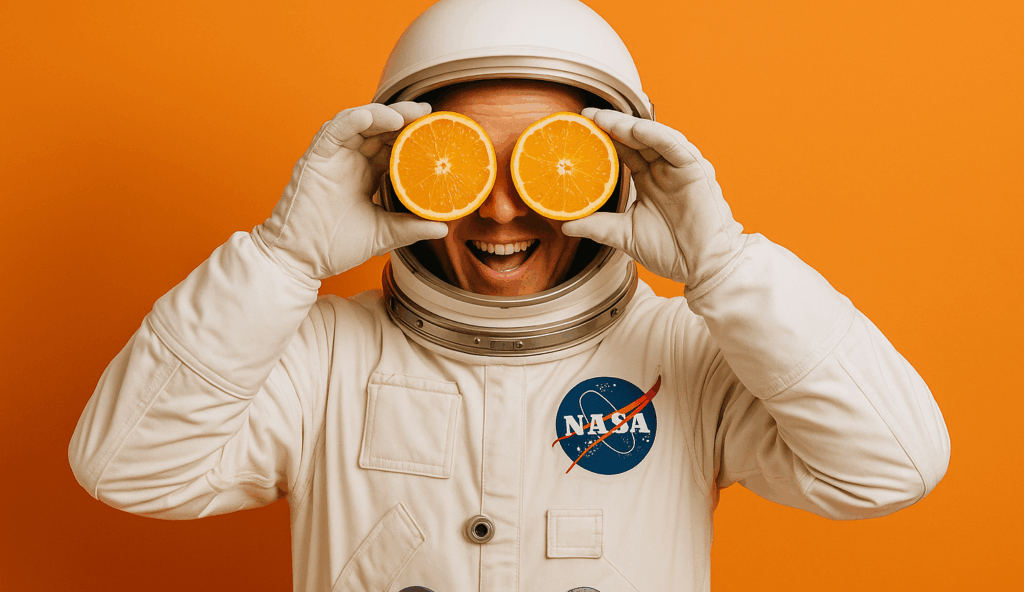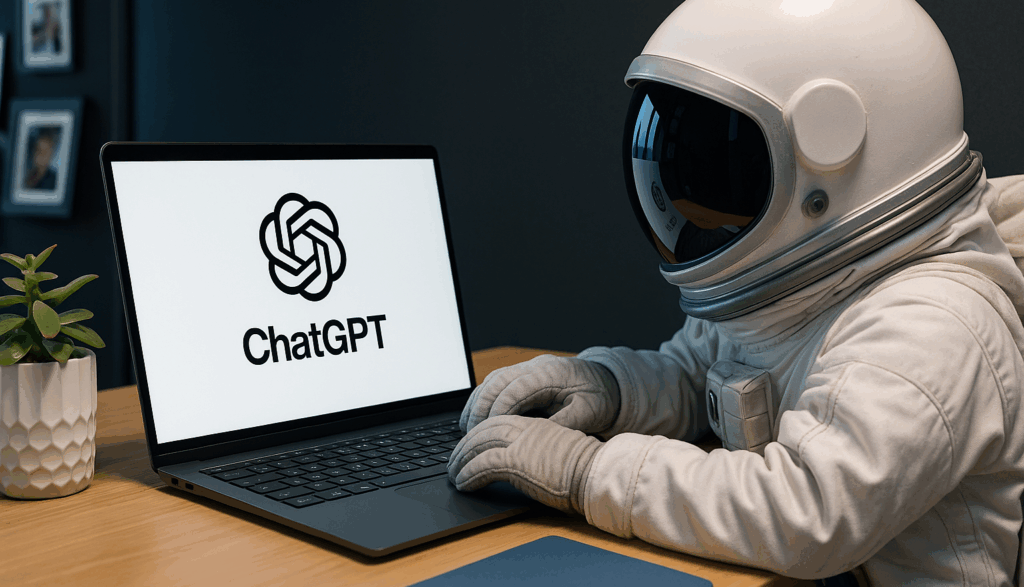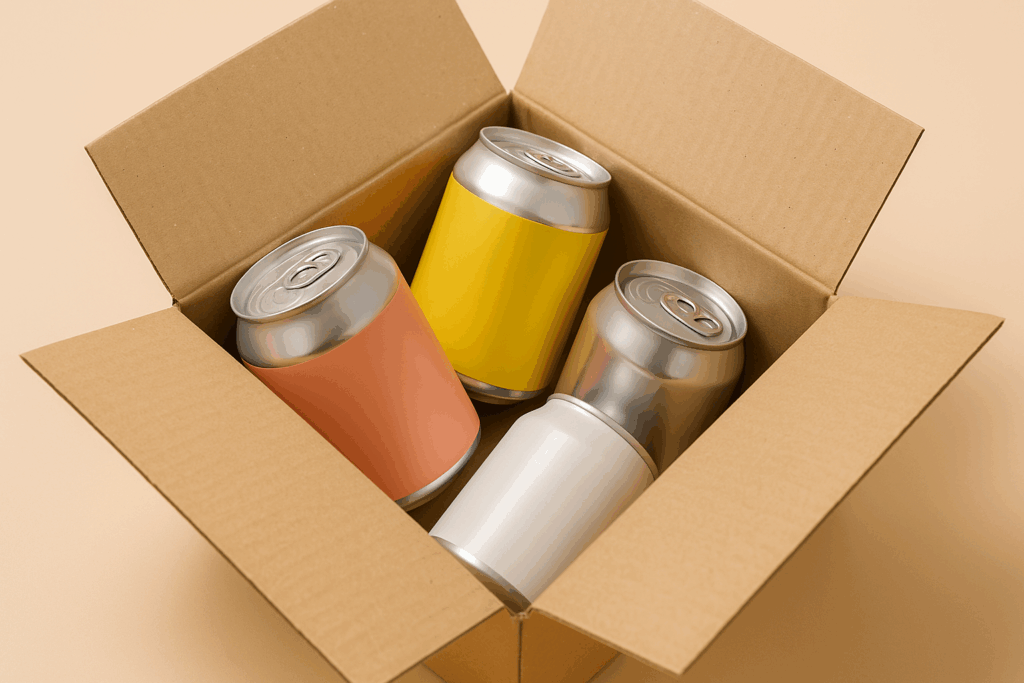Imagine releasing a new product based on concrete data that shows exactly what your customers will want in three months. AI in the food industry is already making it a reality, so it’s not just a futuristic concept. The food industry where innovation and consumer behavior all come together in real time has emerged as one of the most promising test sites for artificial intelligence.
From anticipating changes in dietary habits to refining taste combinations, food-tech innovators are establishing the model for how brands in any sector might foresee and react to new trends. This article explores how AI in the food industry is revealing patterns that can be put to use.
Why the Food Industry Is a Testbed for AI Innovation
Unlike other industries that can afford longer product cycles or seasonal experimentation, the food industry moves fast and failure is not an option. Consumers demand constant novelty, yet their preferences shift rapidly based on wellness trends, cultural shifts, and even TikTok virality. That pressure has pushed food brands to lean on AI not just for efficiency but for foresight.
So, why is AI in the food industry worth watching so closely?
- High-volume and short-lifecycle products make it ideal for rapid testing.
- Massive datasets from POS systems, delivery apps, and e-commerce platforms fuel AI accuracy.
- Low margins and perishability make predictive logistics critical.
- Global taste trends and local preferences require constant adaptation.
Companies like NotCo and PepsiCo are already applying AI to shorten their R&D timelines, simulate flavor profiles, and adjust supply chain operations dynamically. These are high-stakes innovations, but they’re also adaptable. If food brands can pull off real-time personalization and forecasting, why can’t yours?
Predicting Consumer Tastes with AI
Knowing what your customers would want before they ask for it would be beneficial, wouldn’t it? AI in the food industry is doing precisely that. In order to predict the next best-selling flavor, diet trend, or product category, marketers are examining millions of data points, including purchase histories and social chatter, using machine learning and natural language processing.
For your brand, the key isn’t to copy NotCo, but to understand how AI is being used to forecast demand shifts and apply that logic to your audience.
- Use trend analysis tools like Google Trends to monitor shifts in customer preferences.
- Leverage AI to identify gaps between existing market offerings and rising demands.
- Experiment with predictive models to simulate product or campaign performance before launch.
In a marketplace increasingly ruled by personalization and speed, early adopters of predictive AI have a clear advantage. The question isn’t whether AI will influence your category. It’s whether you’ll be prepared to act on its insights.
Accelerating Product Development Cycles
In the past, it could take 12 to 24 months to launch a new product, which is far too long in the trend-sensitive environment of today. However, the food industry’s use of AI is rapidly reducing that timeframe.
By reducing the risks traditionally associated with launching something new, AI allows brands to move boldly and iterate quickly without sacrificing quality or consumer alignment.
To streamline your own product development with AI, here’s a quick strategic checklist:
|
Action Step |
Impact |
| Analyze real-time consumer behavior data |
Refine product-market fit |
|
Use AI simulations for flavor/ingredient testing |
Reduce physical testing costs |
| Implement AI-powered trend forecasting tools |
Spot rising demands early |
|
Conduct digital A/B testing on concepts |
Validate before full rollout |
Optimizing Supply Chains in Real Time
Efficiency is no longer just about cutting costs, it’s about responsiveness. For brands in F&B and CPG, the supply chain isn’t just backend infrastructure, it’s a customer experience tool. Here’s where AI in the food industry shows its strength again.
Think about Domino’s Pizza, a restaurant chain that uses AI to improve delivery logistics, manage ingredient supply, and forecast peak ordering times in addition to tracking delivery drivers. Based on event reservations and local demand, hospitality companies are utilizing predictive analytics to modify procurement and cut waste.
By analyzing data from multiple sources like weather, consumer trends, transportation logistics, AI enables:
- Forecasting ingredient shortages before they occur
- Automatically adjusting orders to minimize food waste
- Identifying bottlenecks that impact delivery time or shelf life
Personalizing the Customer Experience at Scale
One of the greatest lessons from AI in the food industry is that personalization doesn’t have to be resource-heavy but it just needs to be data-smart. Brands are leveraging AI to tailor experiences that feel handcrafted for each customer, even when scaled across hundreds of locations.
Starbucks uses it’s Deep Brew AI engine to personalize order recommendations, promotions and delivery timings based on purchase behavior, location, and time of day. Similarly, Sweetgreen’s app customizes menu options for users based on dietary preferences, past orders, and even mood-driven design cues.
This kind of data-driven personalization doesn’t just delight but it also drives customer loyalty.
So, what small moments of surprise and delight can your brand deliver through AI? Whether it’s smarter email campaigns or interactive digital menus, the principle remains, use your data not just to inform but to connect.
Embrace What Food-Tech Already Knows
AI in the food industry has one clear message, and that is to learn from those who have already adapted rather than waiting to do so. Food manufacturers are demonstrating that AI is a strategic asset rather than merely a technological advancement by accelerating R&D and improving customization.
Curious how your brand can adopt smarter and AI-informed strategies? Get in touch with our team to explore what’s possible.





